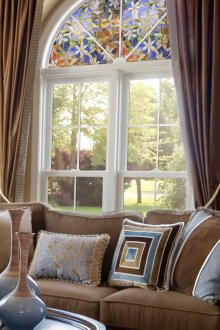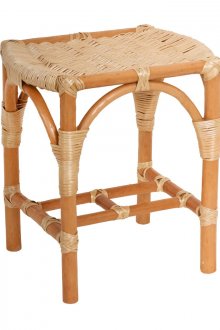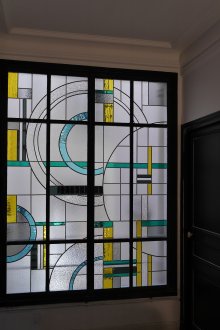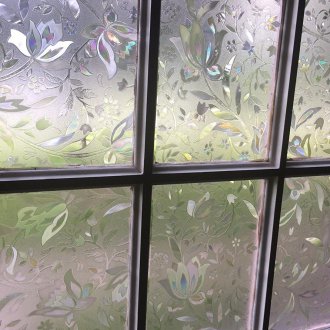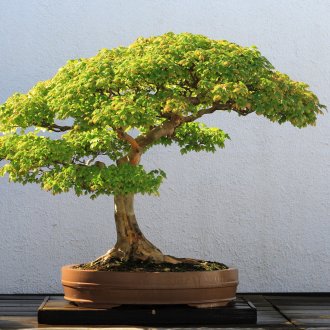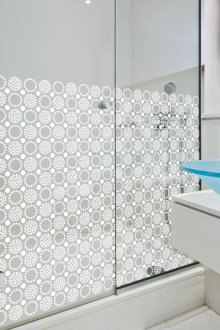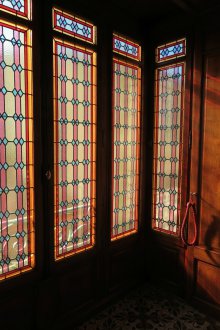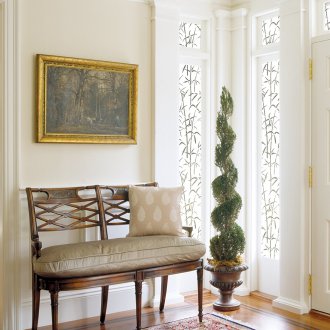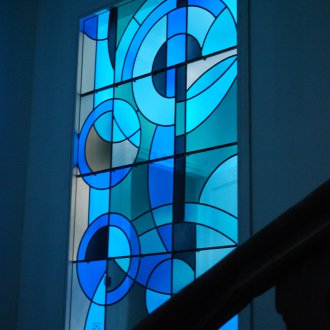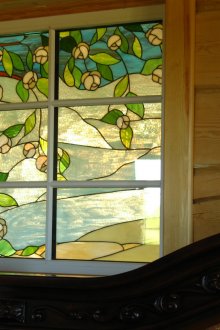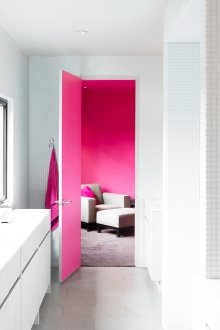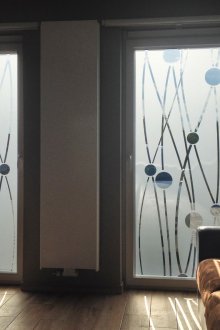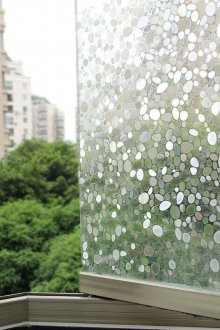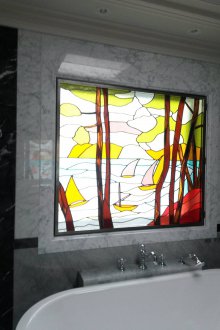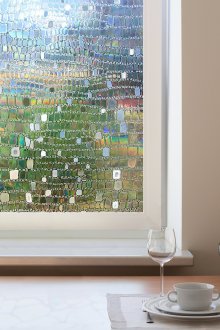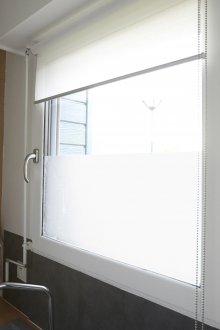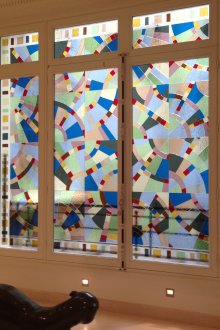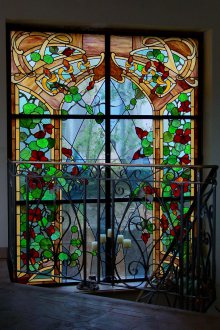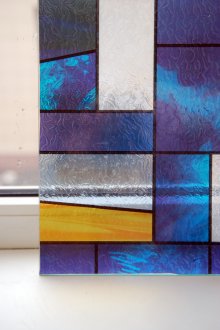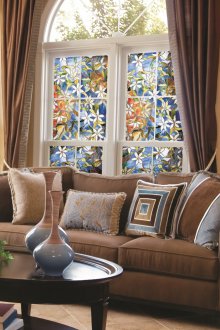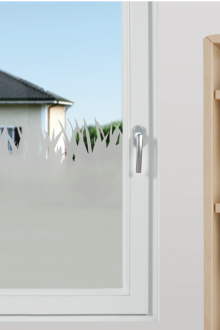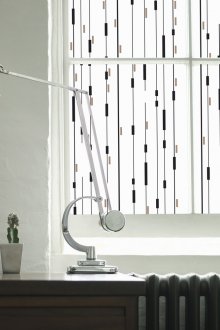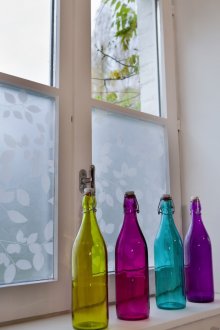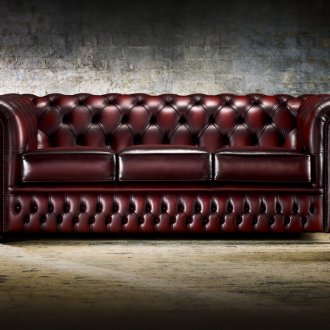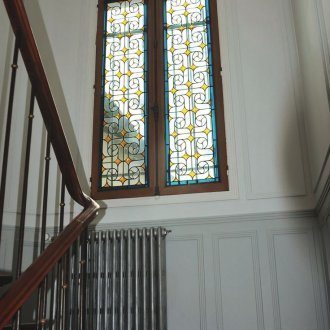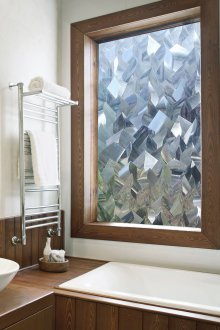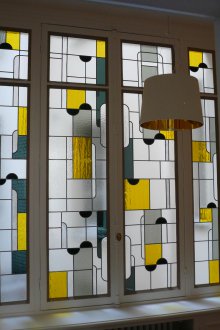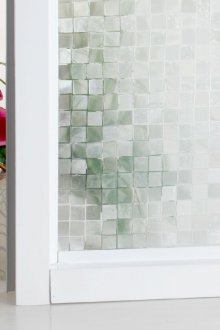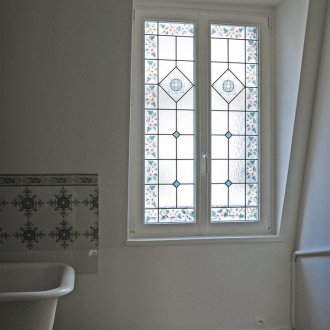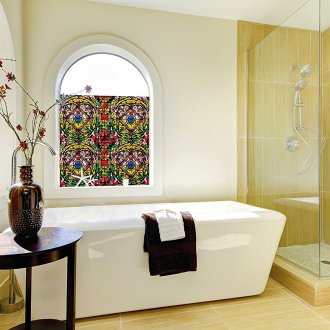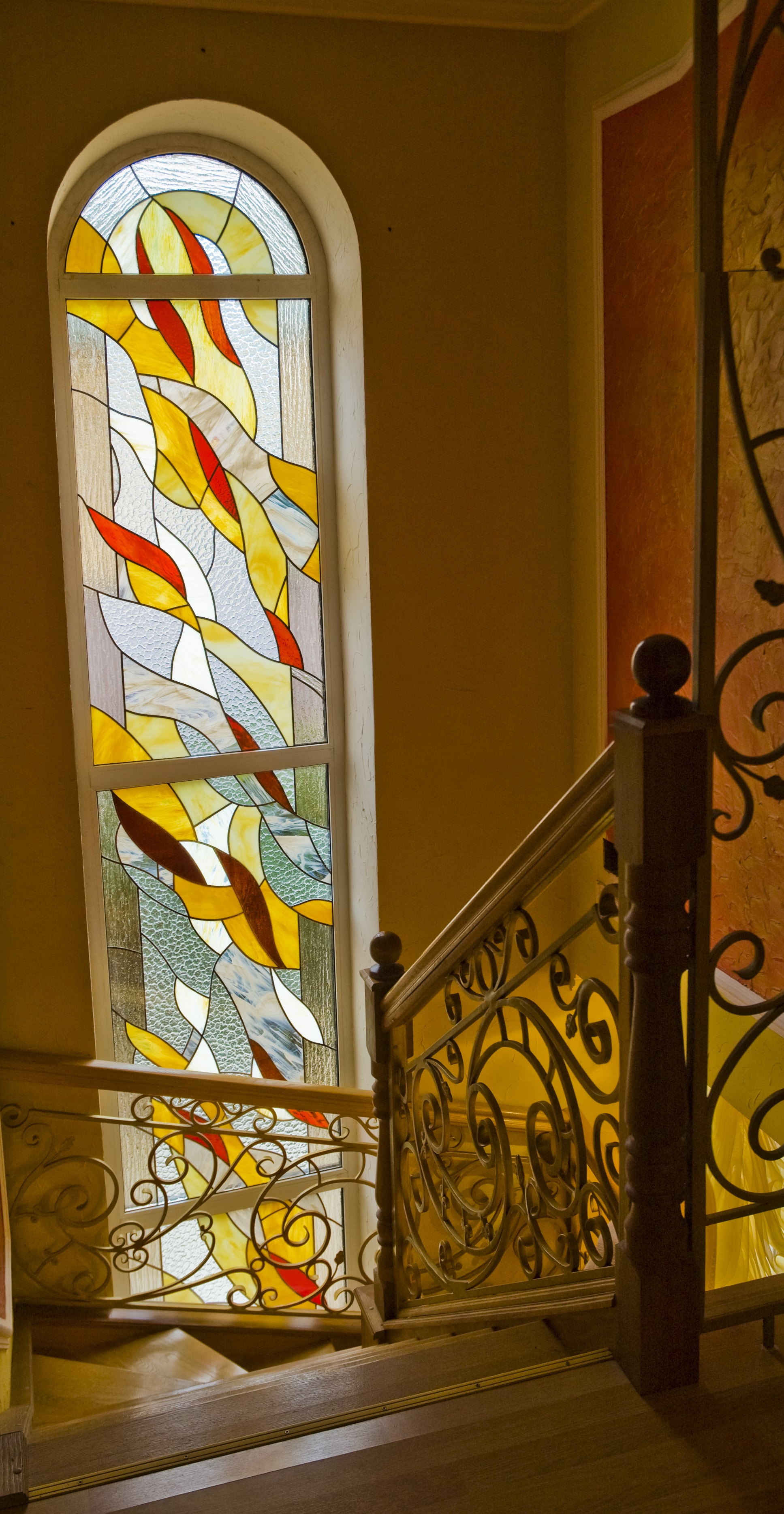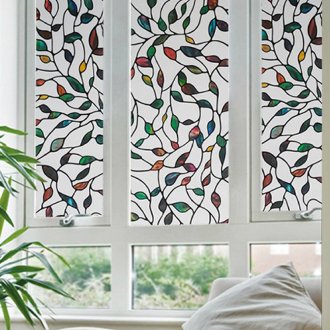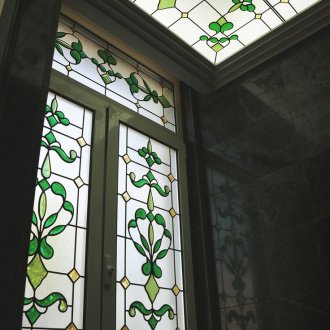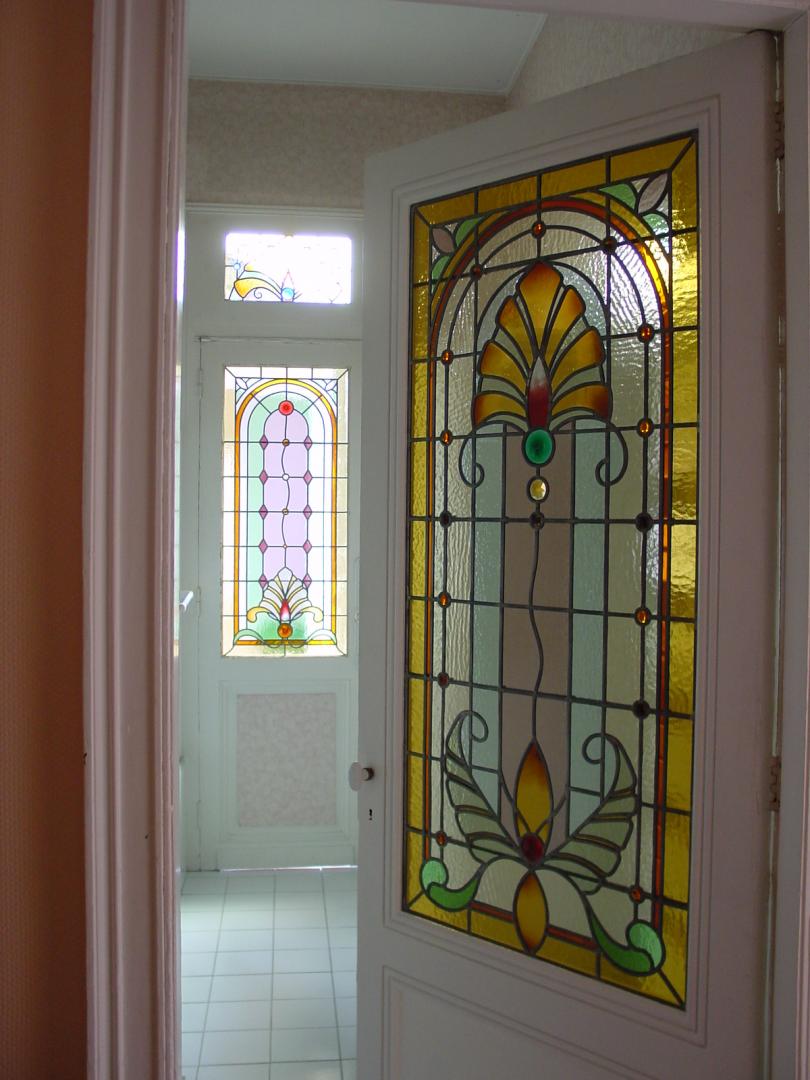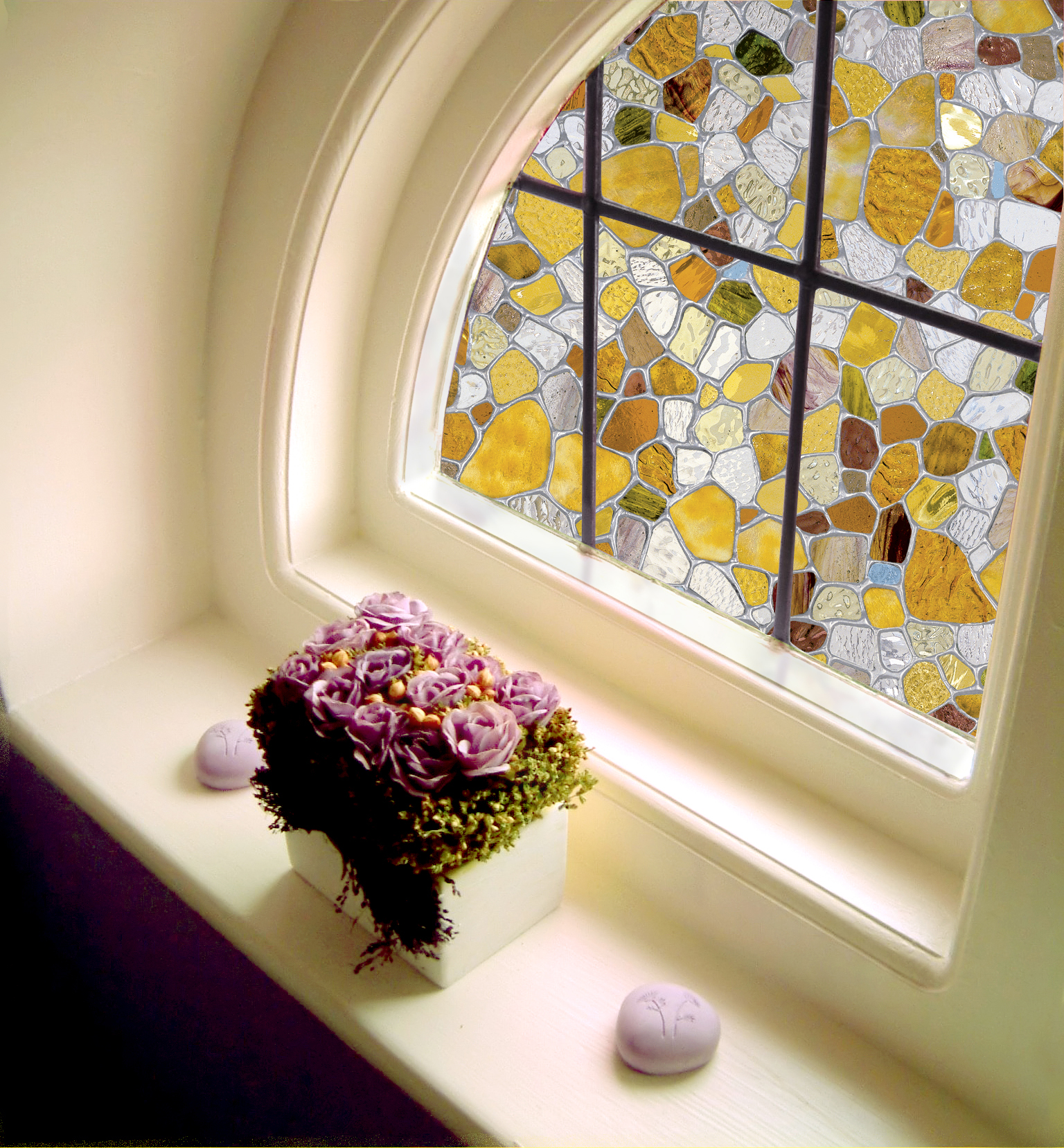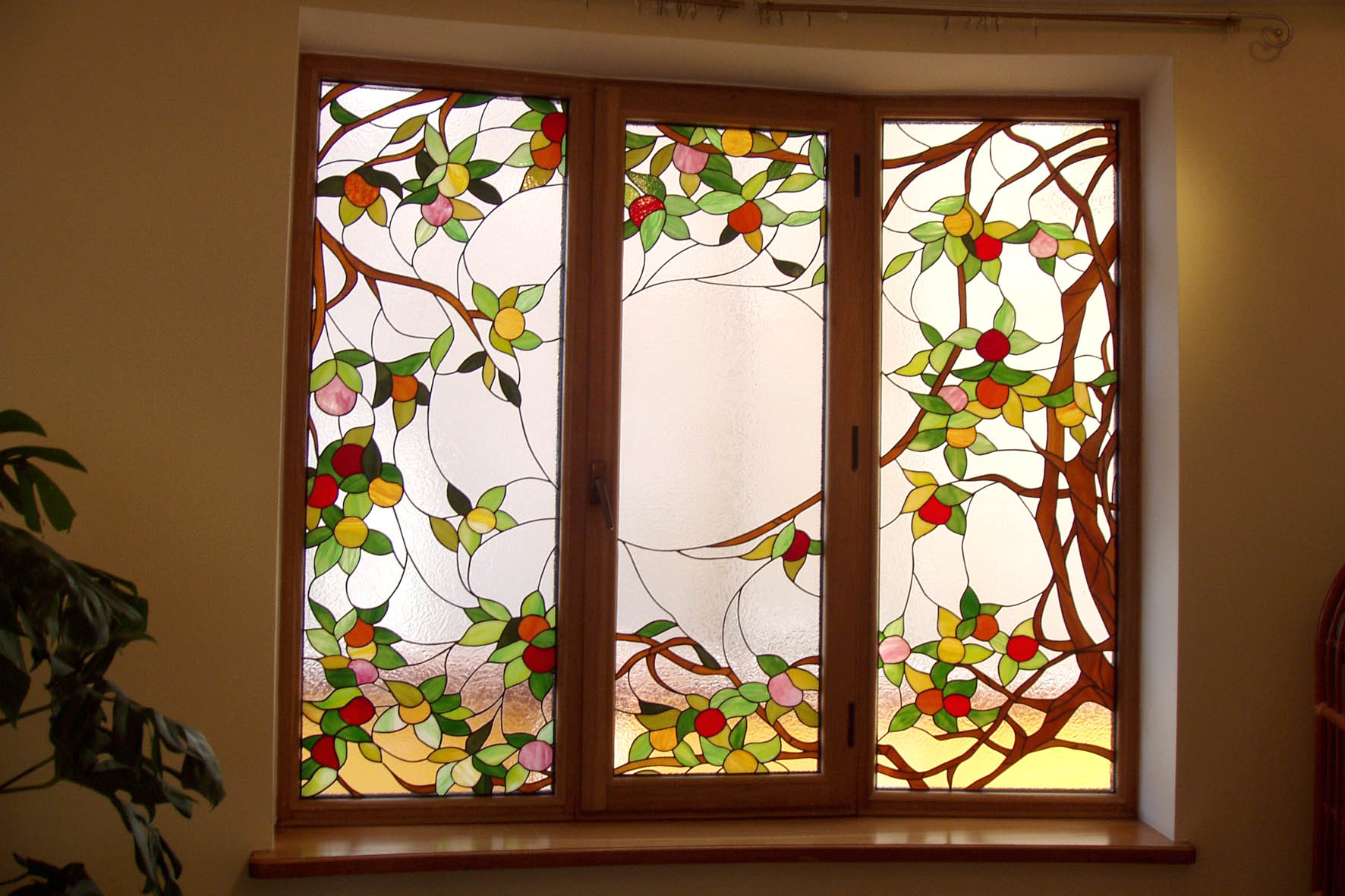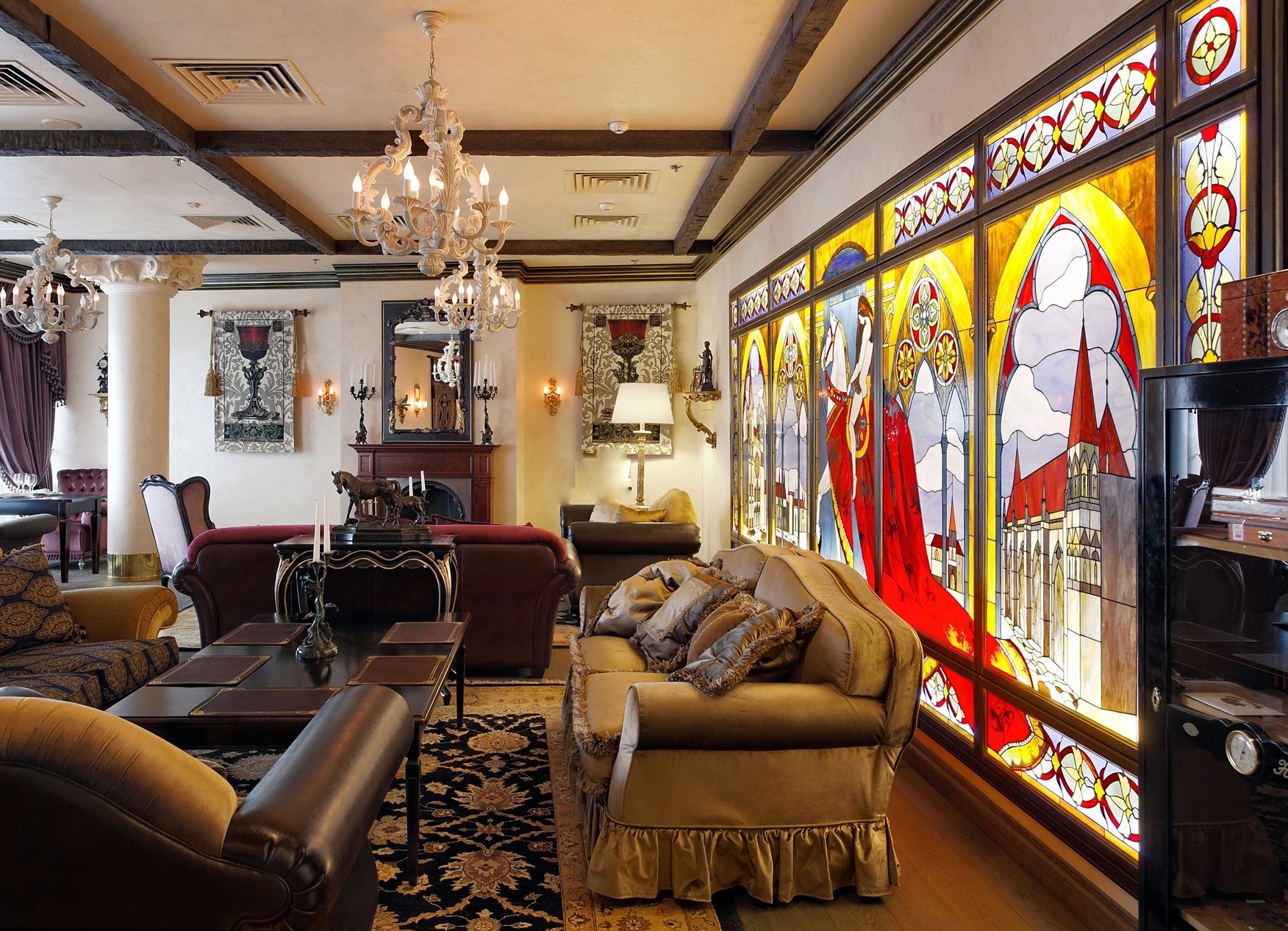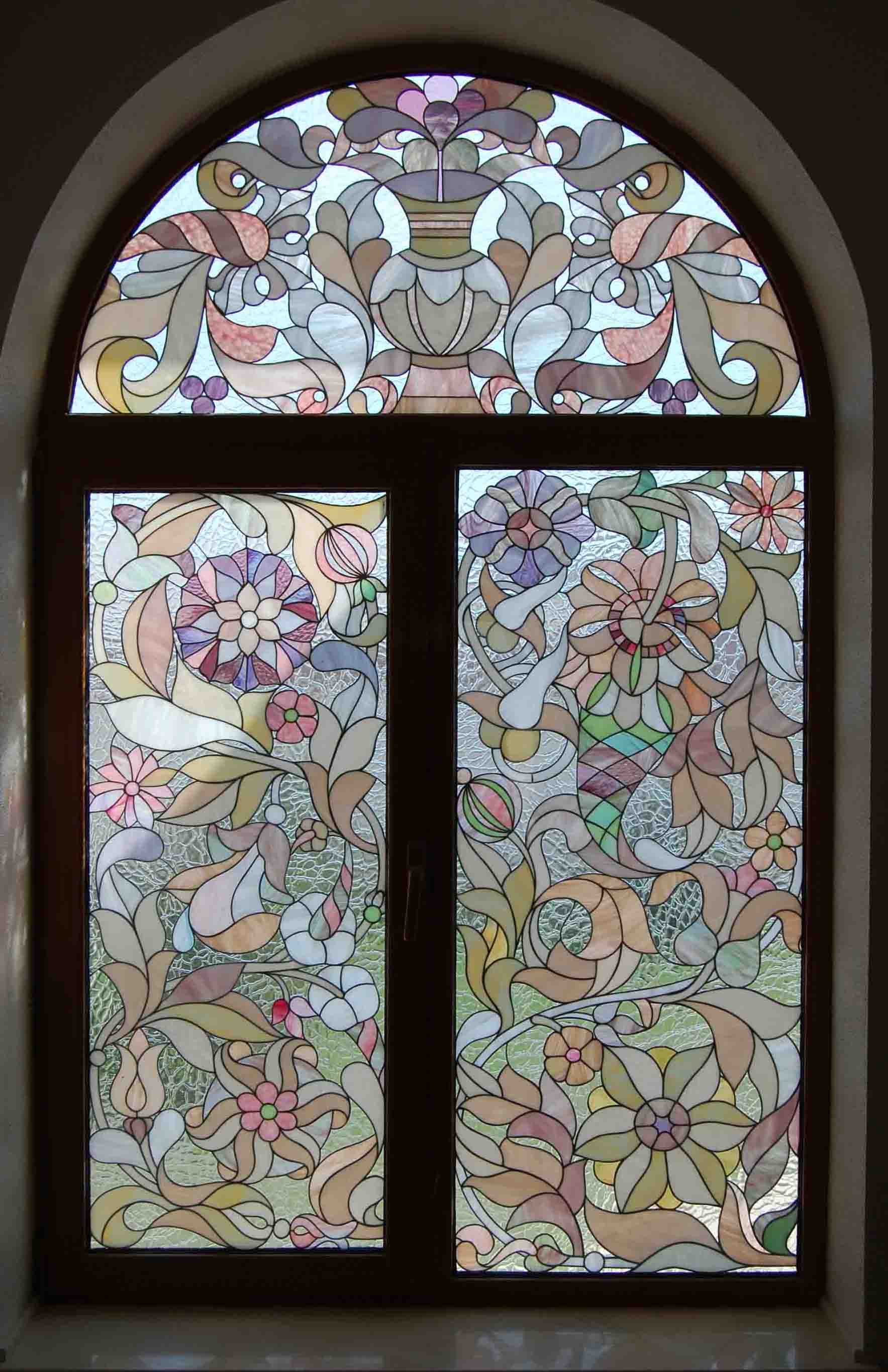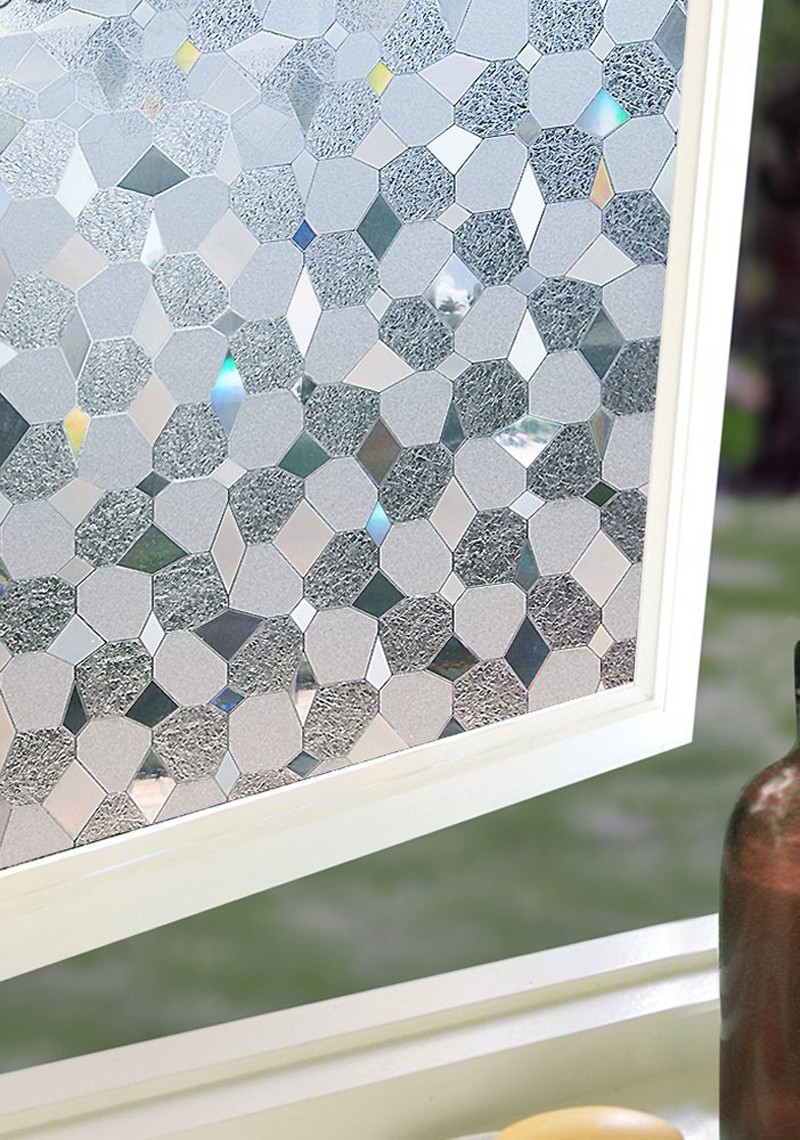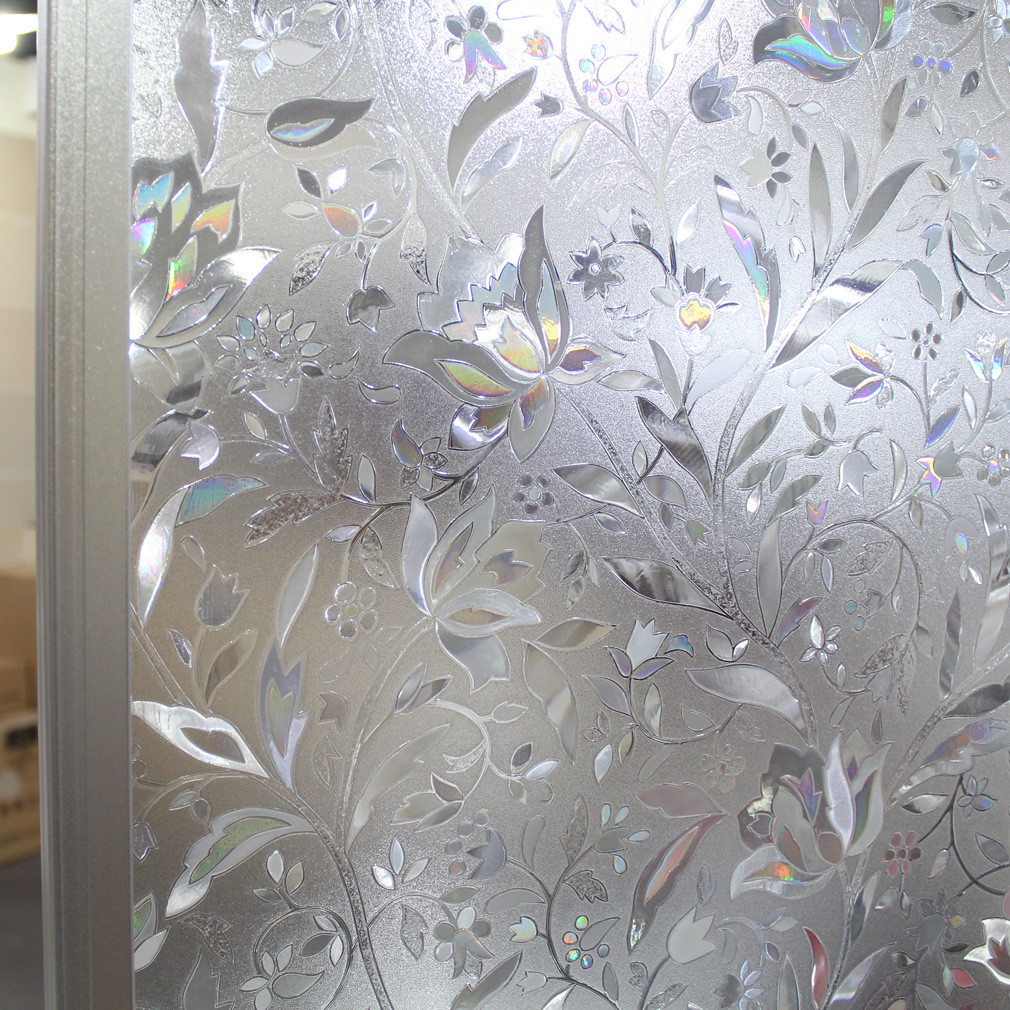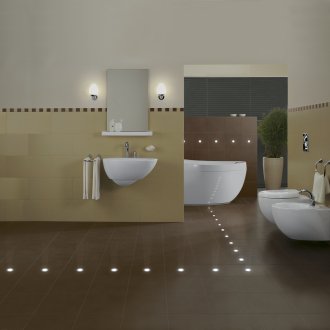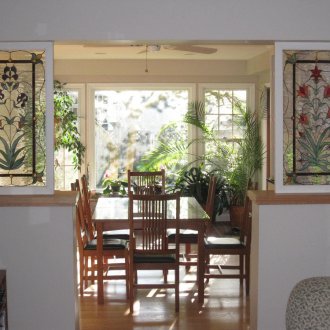Stained glass film on the windows: an easy way to radically change the room (50 photos)
Content
Stained glass art in modern interior design is unusually in demand. You can bring a touch of magic, paint the windows with bright colors, thereby sheltering from prying eyes, using classic methods for creating stained glass from glass and conceptually new technologies for the type of fusing (creating compositions using high-temperature glass processing).
The easiest way available to everyone, allowing you to fully show your creativity, is stained glass film on the windows. You just need to familiarize yourself with the main nuances and think over the concept of glass decor in order to easily change your own house with your own hands.
Actual decor in a modern apartment
The stained-glass window in the classical sense is a complex structure, soldered in a certain way. Glued multi-colored fragments are combined into a specific pattern or create whole pictures. It looks impressive, but the technology itself is very expensive, requires considerable financial investments.
Such unreasonable luxury in the modest interiors of modern small-sized apartments looks inappropriate. It is much more profitable to use a special film for decoration. High-quality polymers in an effective design, correctly installed on a glass surface, look no less fabulous and respectable. They are much more practical and profitable than the classic stained-glass window.
In small apartments, the film allows you to set key accents, complementing the textile composition on the windows. In large houses or country cottages, huge panoramic windows are set aside for such spectacular and extravagant decor, special glass partitions are formed, or even whole walls are decorated with complex stained glass windows that incredibly alter everything around.
Benefits of Stained Glass
From the standpoint of visual characteristics, the glass covered with a film and the stained glass compositions themselves are almost no different from each other. Only after a thorough examination and to the touch can we say with confidence where the composition is made of glass, and where the imitation of the pattern on the glass surface of the windows.
The main advantages of the film to simulate stained glass:
- Extremely low cost;
- Practicality;
- Simplicity in operation;
- A wide range (you can buy a film of absolutely any size, color, configuration);
- Decorating material is not afraid of household chemicals and other aggressive substances.
The film is resistant to sudden changes in temperature or humidity level. The coating does not suffer from the negative effects of ultraviolet radiation, salty environment, pollution of any kind.
High-quality analogues for a long time retain a bright color, pleasant "purity", relative transparency and texture. When the decor is fed up or messed up, you can dismantle the film in a couple of minutes.
No one is safe from accidentally broken windows or deliberate damage done intentionally. Considering that the stained glass window in itself is not only expensive, but also very fragile, one cobblestone is enough for a bright stained glass composition to sprinkle.
Those who have already tried the imitation film on their windows, focus on one interesting quality of this decorative element: when the window glass is broken, the film does not allow the fragments to crumble.If we are talking about minor damage or a small crack, then the defect is completely invisible.
The glass will have to be changed in any case, but the stained-glass film aesthetically masks the problem for a while. If a decorative coating is applied to acrylic or tempered glass, the strength characteristics of such structures are quite impressive.
How to tint windows with your own hands?
In order for the film to look aesthetically pleasing and for a long time to please its perfect appearance and operational qualities, it is necessary to strictly follow the recommendations regarding the installation of this coating. There are two ways to sticker: removing the glass from the frame and not removing it.
It is better to stick the film on the glass, previously removed from the frame. If dismantling is not possible (for example, there is a double-glazed window), it is necessary to carefully glue the tape taking into account this nuance. Glass dimensions are measured extremely clearly (every millimeter plays a role). Taking into account the obtained sizes, pieces of film are cut out, which are then glued to the desired area.
Glass surfaces are thoroughly washed and degreased. Any speck of dust, the slightest pollution will cause the formation of bubbles or simply lead to deformation of the canvas. Appearance in any case will be damaged.
You can “kick out” a bubble that has accidentally arisen using a special scapula. This should be done immediately after pasting. If the defect has arisen far from the edge of the canvas and cannot be "squeezed out", you can gently pierce the bubble with a needle, carefully pressing the film against the glass.
Some experts recommend processing glass with isopropyl alcohol. Aggressive solvents and various household chemicals are better not to use. They can leave streaks or even soften the inner edge of the film.
Sometimes due to the use of such funds, whitish spots or specific stains may form on the window. The glue can soften and the film itself peels off very quickly from the surface.
Types of films by type of pasting
There are films that are applied to the wet surface of the glass. Moreover, the decorative coating itself is also wetted with water. First, the upper edge of the workpiece is applied to the surface, smoothly moving down the entire web.
There are also products that are equipped with an adhesive surface. The paper backing layer is removed from the film and carefully applied to the glass. Using a dry towel, the film is gently leveled, eliminating adhesive residues and possible defects.
Where can I use film?
A decorative film that imitates stained glass compositions can be used in different ways and at different locations. These are not always the windows of kitchens and dining rooms. The most popular stained glass simulation options:
- Pasting the windows of the apartment on 2/3 and 3/4 of the entire canvas. This method is relevant for apartments that are located on the ground floor, as well as for the private sector, to hide from prying eyes, without using heavy textiles;
- Decorating balconies and loggias allows you to refine the location, make the exterior more colorful and modern. Light penetrates in sufficient quantities, but visibility from the street to the apartment becomes minimal;
- Addition to the interior of the bathroom and toilet. Very often, these rooms are equipped with small windows that can be pasted over with decorative film;
- Imitation of a stained-glass window and complex patterns on any transparent surfaces (acrylic glass walls, panoramic windows, glass fragments of a greenhouse, transparent doors).
The decor of glass niches in large country apartments looks especially elegant. If the house has transparent partitions, double-glazed windows connecting the first and second floor, they can also be decorated with film.
In fact, any idea can be easily translated into reality. The main thing is to choose a quality product and carefully approach the installation process.
